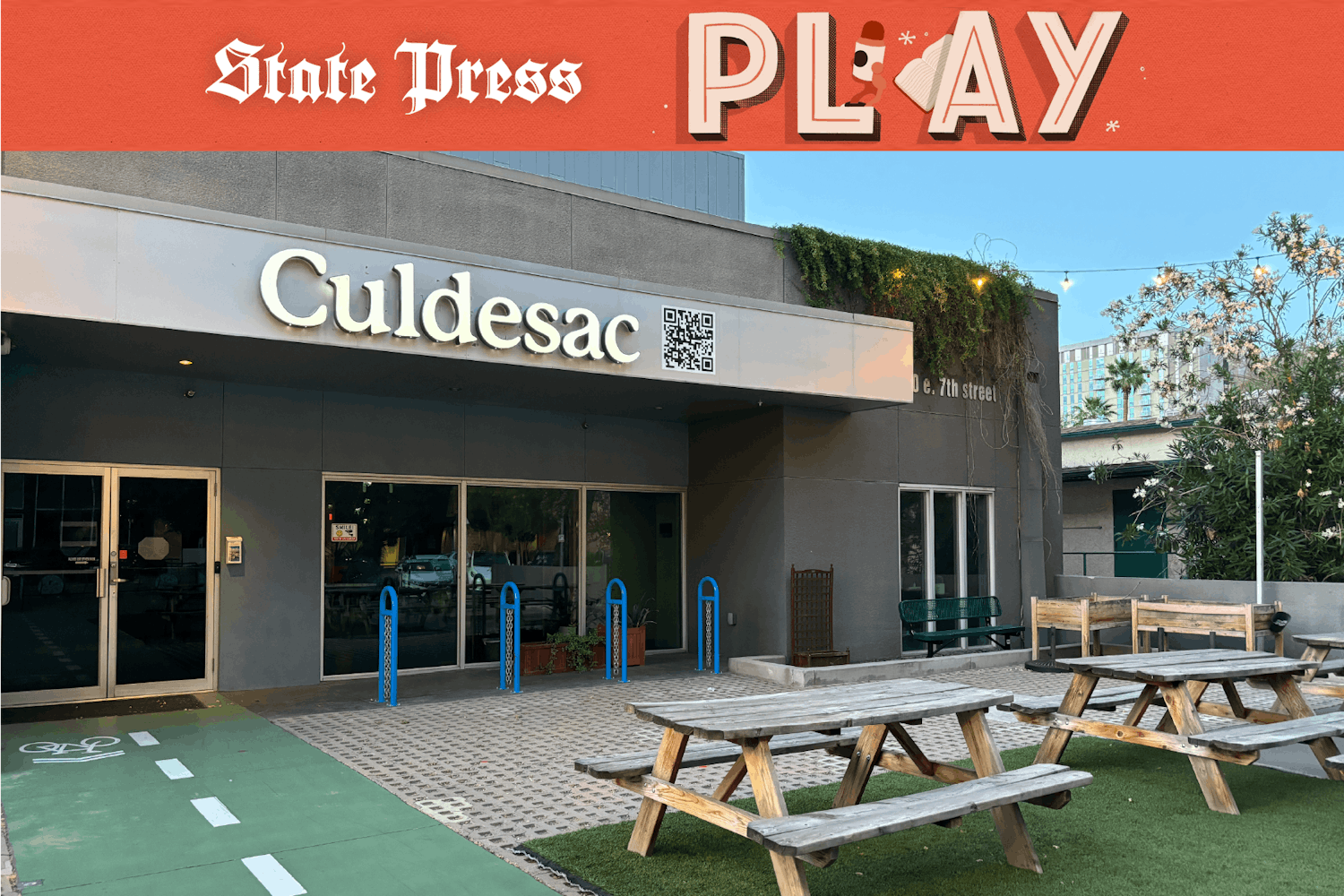ASU engineers recently debuted a new manufacturing process for thin, flexible and nearly unbreakable electronics displays.
The process resulted in a prototype: a full-color sheet of plastic material capable of playing video.
The prototype was then shown at the annual CID technology conference, and much lauded, ASU scientists said.
“It was very well-received,” said Michael Marrs, a staff member of the Flexible Display Center at ASU, where research and production on the technology is done.
The flexible electronics project began more than seven years ago, after a nation-wide competition, Flexible Display Center Director Nicholas Colaneri said. At the time, there were no plans for flexible electronics on the horizon, and it became something the military was interested in.
The prototype works by using a multi-layer structure, which produces an array of electrical signals. Organic light-emitting devices change the colors appearing on the screen as a current is sent through them, producing a picture or video and potentially creating what Colaneri calls a “portable information appliance.”
The project is part of a 10-year partnership with the U.S. Army, which is looking into the technology for use on the battlefield, Colaneri said.
It could also lead to commercial uses, potentially creating a thinner, lighter tablet, though Colaneri said anything of that sort is still “the proverbial three to five years” away.
“We’re very interested in both military and commercial applications,” said David Allee, an electrical engineer and ASU professor involved with the project.
Allee directs five doctorates and six undergraduate electrical engineers as part of the project.
For the military, the technology could eventually be used for tasks such as creating a large-area x-ray or detecting contaminants in water, Allee said. It could also be used to create a portable device capable of displaying information while withstanding the general wear of war.
The project is multi-disciplinary, with professors and scientists from backgrounds such as chemistry and engineering involved.
Other projects and organizations have been founded on the basis of similar technology, and though Marrs said the Flexible Display Center prototype was created with “no real visible defects.” He added that it’s difficult to tell exactly who is ahead in the race.
Not many flexible electronic products were displayed at a recent conference, he said, “which means they’re really close or moving away from them.”
Reach the reporter at clecher@asu.edu



